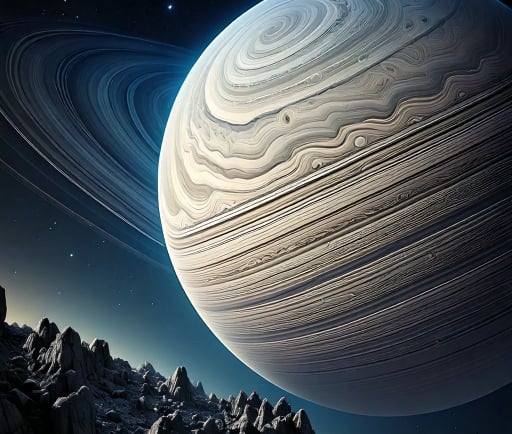K2-18b: A Potentially Rocky World


The K2-18b
K2-18b, designated as EPIC 201912552 b, is a fascinating exoplanet that has captured the attention of astronomers and space enthusiasts alike. This intriguing celestial body orbits the red dwarf star K2-18, situated approximately 124 light-years away from Earth. Its unique characteristics make it a point of interest in exoplanetary studies, particularly concerning the potential for habitability.
Characteristics of K2-18b
The planet is classified as a sub-Neptune, boasting a radius approximately 2.6 times that of Earth. This larger size suggests an atmospheric composition that could differ significantly from our own. With a 33-day orbital period, K2-18b is nestled within its star's habitable zone, where conditions may be just right for liquid water to exist, a crucial factor in the search for extraterrestrial life.
The Importance of Habitable Zones
Defining a habitable zone is essential for understanding where life could potentially thrive beyond our solar system. K2-18b's position in this zone allows scientists to hypothesize about its surface conditions and atmospheric makeup. The equilibrium between stellar radiation and the planet's atmosphere is key to sustaining water in liquid form, an essential criterion for life as we know it.
The Future of K2-18b Studies
As research into K2-18b continues, the potential for remarkable discoveries grows. Advanced telescopes and observation techniques may help us ascertain the atmospheric composition of this distant world. By studying planets like K2-18b, humanity takes significant strides toward understanding not only our place in the universe but also the possibilities that lie beyond our solar system. The exploration of such exoplanets fuels curiosity and scientific inquiry into the very nature of life beyond Earth.
